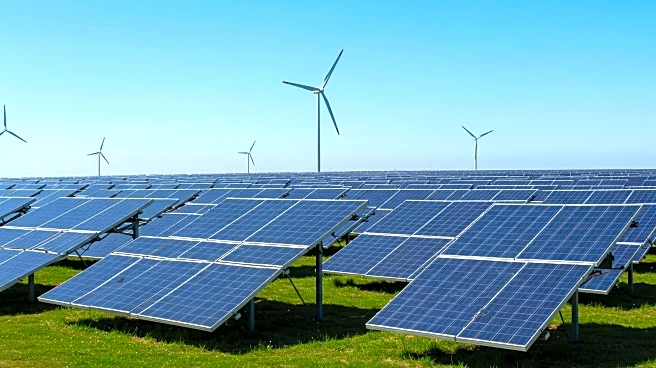Rapid Read • 6 min read
A report by the Energy Systems Integration Group highlights the need for utilities to adapt their load forecasting methods to accommodate the dynamic energy landscape. The growth of data centers and distributed energy resources necessitates a shift from traditional forecasting practices. Utilities are encouraged to use hourly forecasting and geographic granularity to better plan for the integration of renewable energy and customer-sited resources. The report emphasizes the importance of transparency and collaboration between technology companies and utilities to improve forecasting accuracy.
AD
The increasing demand from data centers and the rise of distributed energy resources pose challenges to traditional utility planning. Accurate load forecasting is crucial for ensuring grid reliability and efficiency. By adopting flexible forecasting methods, utilities can better manage the integration of renewable energy and respond to changing consumer demands. This approach supports the transition to a more sustainable energy system and helps prevent potential disruptions caused by inadequate planning.
Utilities are expected to enhance their forecasting capabilities by incorporating flexibility and transparency in their planning processes. Collaboration with technology companies and researchers may lead to the development of standardized tools and methodologies for improved forecasting. As the energy landscape continues to evolve, utilities will need to adapt to new technologies and policy shifts to maintain grid stability and meet future energy demands.
AD
More Stories You Might Enjoy











